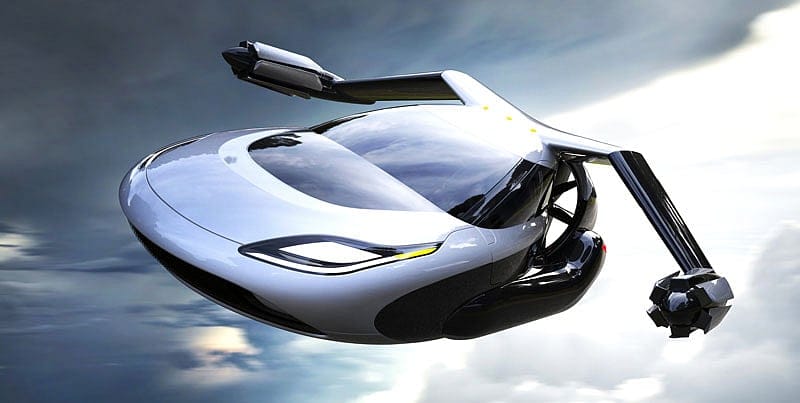Boston-bred company making flying cars a thing of the present

Forty-year-old Carl Dietrich brown bags his lunch or grabs something on the fly at a local Bickford's between meetings with engineers, investors and FAA regulators. There's a lot of tweaking to do before the flying cars he and his friends invented go into full-scale production at Terrafugia headquarters in Woburn.
As a little guy growing up in Sausalito, California, Dietrich fashioned space ships from building blocks and made impressive tree fort hangers in his back yard. As he grew, he shared his dad's passion for flying remote-controlled airplanes. However, it's the 1985 science fiction comedy "Back to the Future" he credits for sparking his dream to someday engineer a car that can really fly.

